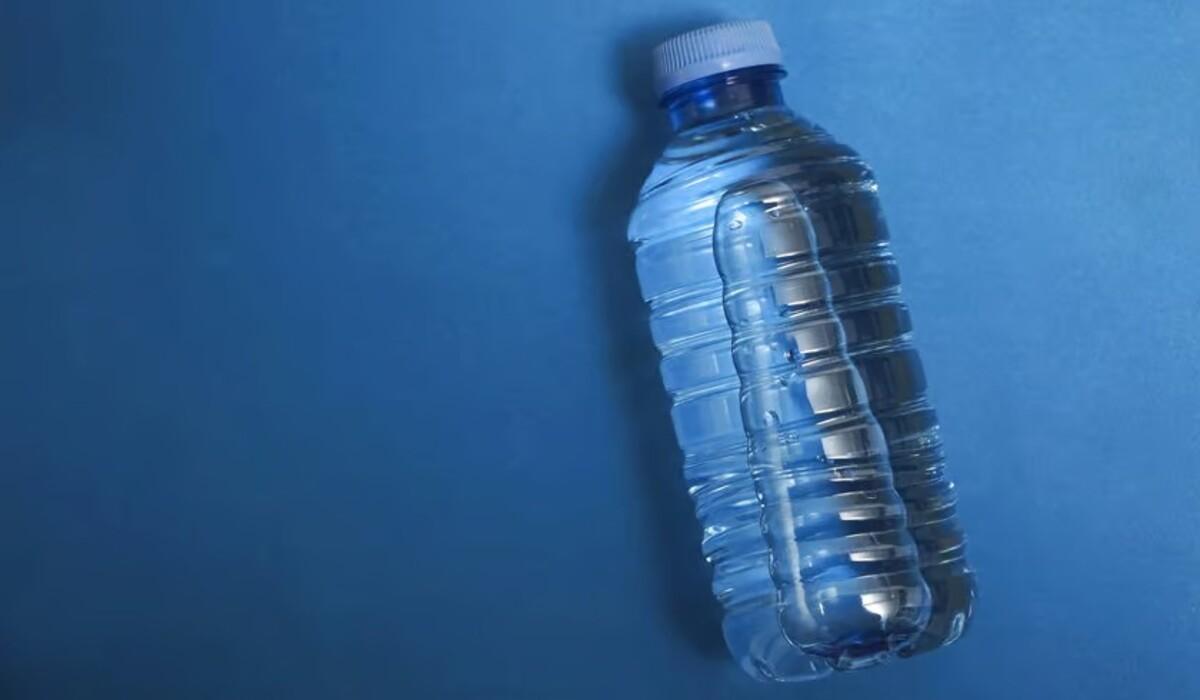Scientists at Columbia Climate School did a big study using fancy imaging tech to check for tiny plastic bits, called nanoplastics, in bottled water. These super small particles, tinier than a micrometer, worry people because they might be bad for our health. The goal of the study was to find out how many of these tiny plastics are in bottled water and if they could be a problem for people and the environment.
Microplastics are even smaller pieces, less than a quarter inch down to a micrometer, made when bigger plastic things break into bits. These microplastics are all over the world in oceans and mountains, making people concerned about what they might do to us and nature. Most studies have focused on the effects of these bigger microplastics, but this new study looked at even smaller ones called nanoplastics.
The researchers used a fancy method called stimulated Raman scattering (SRS) microscopy to closely examine micro- and nanoplastics. This helped them understand the makeup of these tiny plastic bits. They looked at seven common plastics, like the one used in water bottles called polyethylene terephthalate (PET).
Testing three popular bottled water brands, the researchers found that in every liter of water, there are about 240,000 tiny plastic bits on average. What’s more, 90% of these bits were nanoplastics, the really small ones. They also found unexpected amounts of a plastic called polyamide, likely coming from water filters used before bottling.
What’s concerning is that the seven plastics they checked only make up about 10% of all the tiny plastics found. The rest, they don’t know what they are. They guess there could be millions of these unidentified tiny plastics in every liter.
Since a study in 2022 showed that tiny plastic bits can build up in animals’ bodies and affect their health, the researchers say it’s crucial to understand if these nanoplastics could be harmful. The study highlights the need for more research into where these tiny plastics come from and if they pose any risks. The scientists plan to look beyond bottled water and explore if tap water and other sources also have these tiny plastics, giving us important information about their potential impact on our health and the environment.

